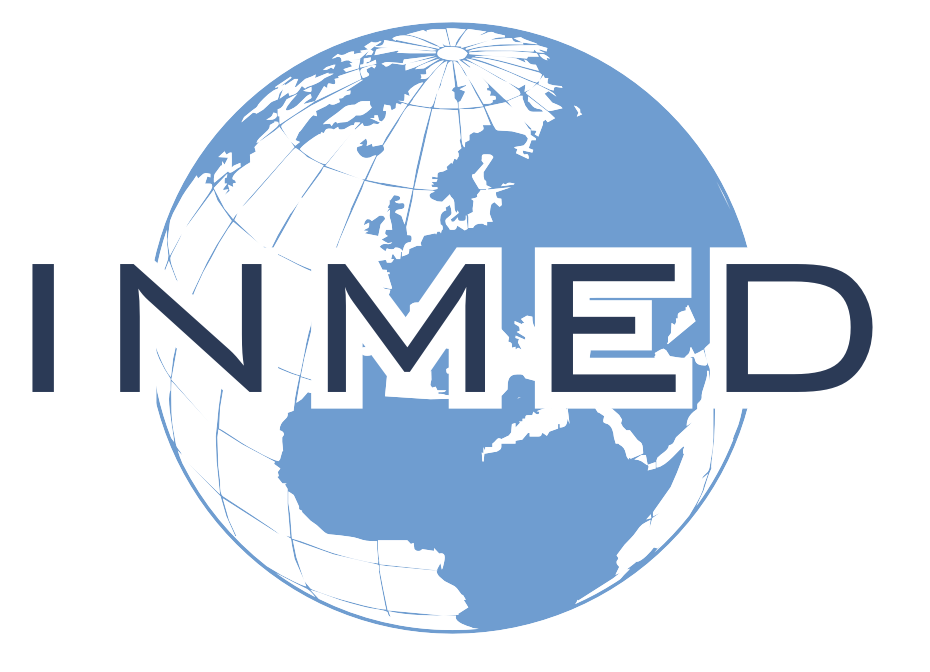Visiting medical personnel will usually each care for about 20 inpatients in the mornings, and then spending the remainder of the day caring for outpatients and emergency patients. Depending upon their level of interest and training, they may see patients on their own, consulting with staff doctors as appropriate for each patient. Visiting physicians and medical students commonly perform, with appropriate supervision, more procedures than they would in their home country, including thoracentesis, pericentesis, lumbar puncture, suturing of lacerations, incision and drainage, ultrasound, vaginal deliveries, dilatation and curettage, and manual extraction of retained placenta.
Medical personnel usually also assist in the operating theater, and depending interest and aptitude, may perform surgical procedures under the direct supervision of a staff doctor. Students will participate in “on call” duties, with physician supervision. In each clinical area, as appropriate, they will obtain history, perform a physical exam, and present their findings, assessment, and recommendations to the supervising physician. Through this experience, visiting medical personnel will:
- Gain clinical skills in diagnosis and management of common illnesses in PNG, especially of tropical diseases.
- Acquire knowledge and experience in the provision of health care in a developing country, including the challenge of health care delivery in the setting of severely limited resources.
- Gain skills in cross cultural communication and relations.
Previous INMED Learners who served at this training site include these Graduates.
